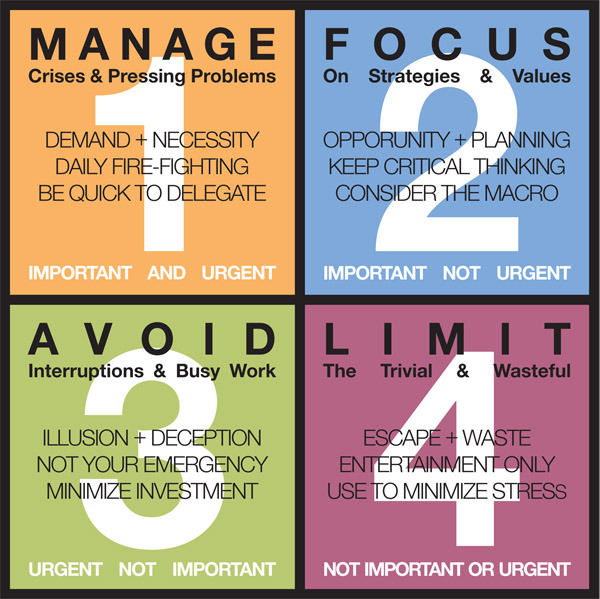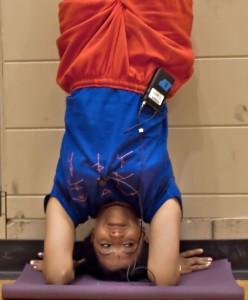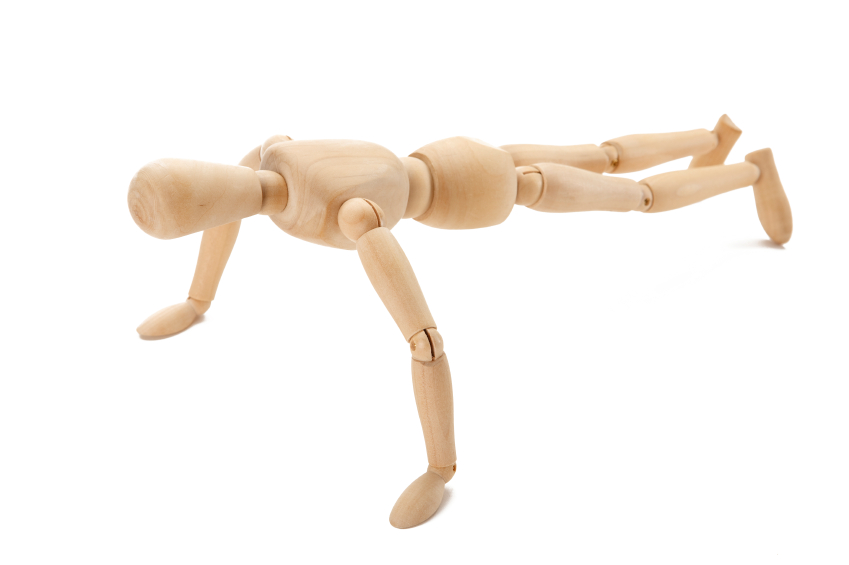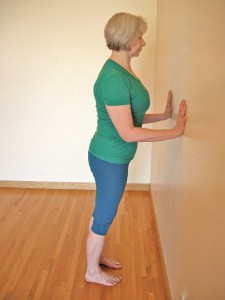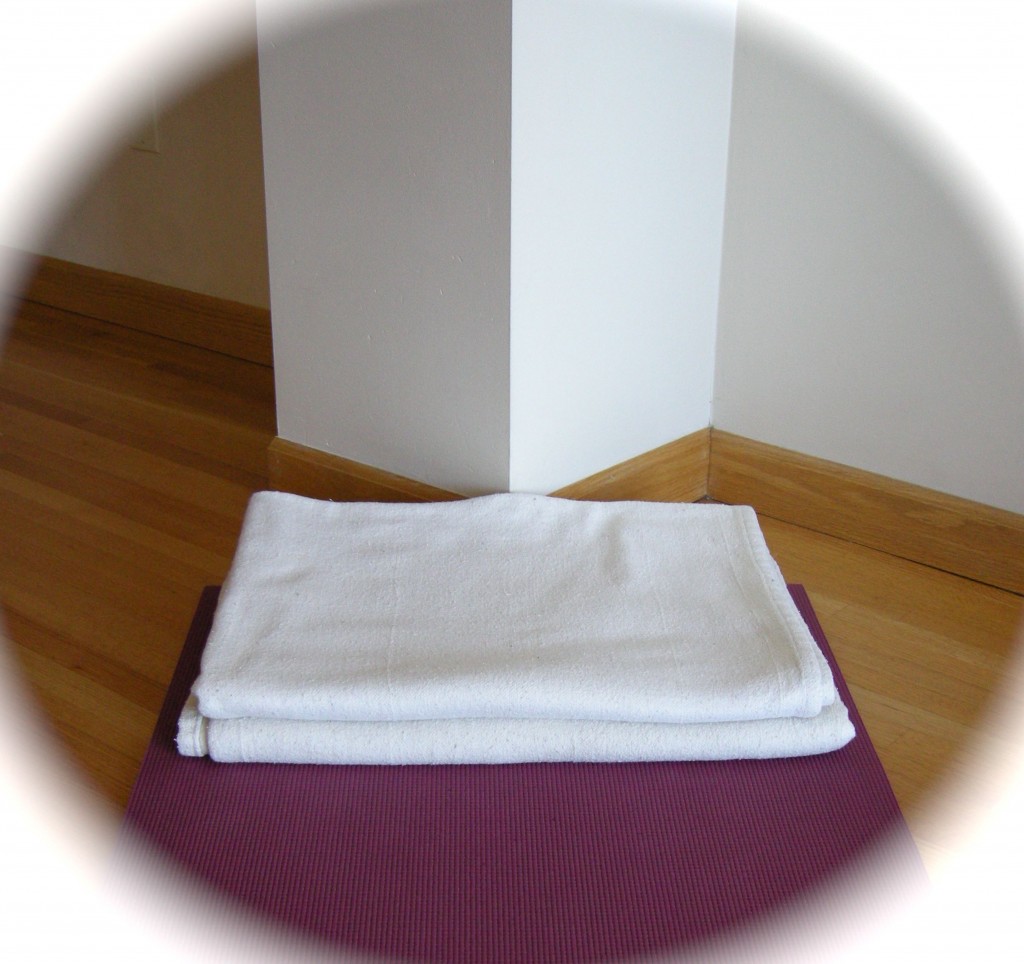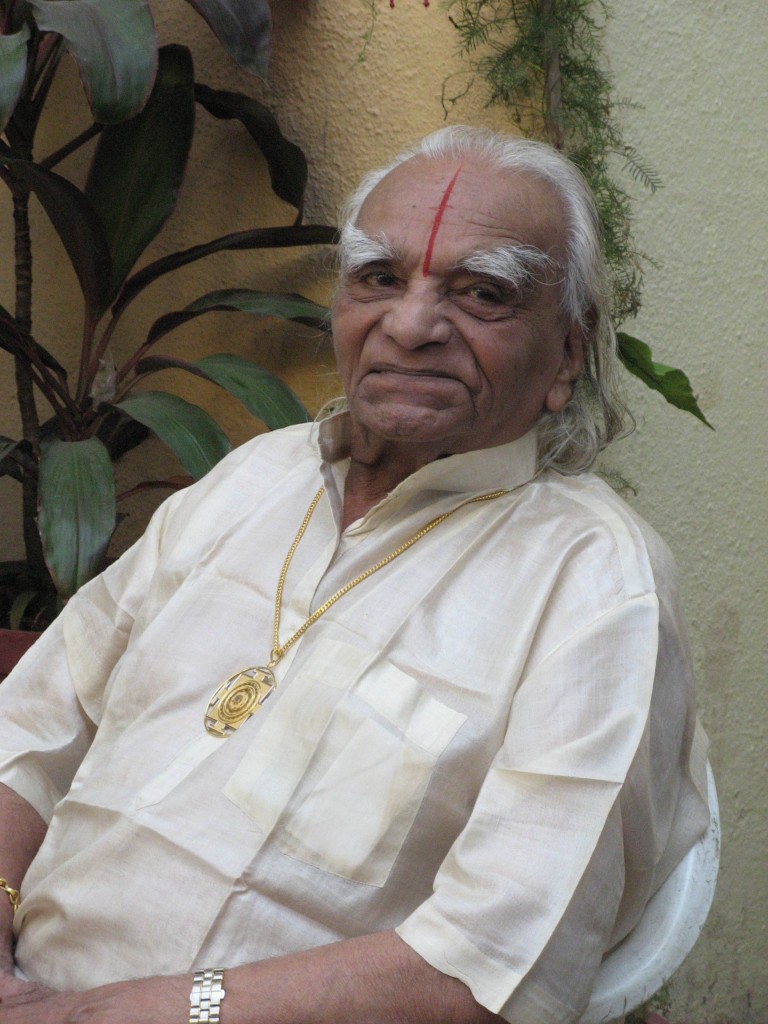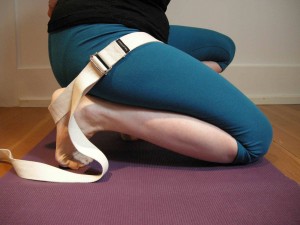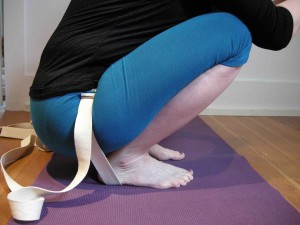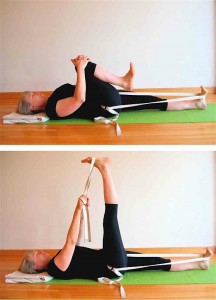Google “images for important and urgent” and you will be rewarded with an unbelievable 3,200,000 results, many of them featuring the four quadrants made famous by Stephen Covey in The Seven Habits of Highly Effective People.
On the off chance that you’ve been living under a rock, or shun self-improvement books on principle, here are the basics:
Square one is important and urgent. Square two is important but not urgent. Square three is urgent but not important, and square four is neither urgent nor important.
Ideally, you identify the important but not urgent activities in your life, and spend at least some time on them each day.
It’s even better if you can do this before you tackle the urgent and important – “hair on fire, dog needs to go out, earthquake,” as Conversation Agent Valeria Maltoni has it in her version of the four quadrants.
We all know which square yoga practices occupies.
It will never be urgent.
No one will ever hold a gun to your head, metaphorical or real, and demand that you do downward dog, now, or face the consequences.
But important?
Oh, yes.
Over time, a well rounded yoga practice will lower your stress levels, increase your strength and flexibility, and improve your balance.
And the sustained work of turning inward – the essential way in which a home practice differs from a class – will change the way you see the world, and, therefore, the world you see.
It’s a wonder we aren’t all up doing sun salutations at dawn – but we aren’t.
Is it possible that there’s an inverse relationship between the positive value of a habit, and the difficulty we face in forming it?
Once, just once, on my way home from dropping off the car for servicing, I bought a custard Danish from Plaisir Sucre. It was beyond good.
Ever since, I’ve had to will myself to walk by their door without going in, knowing that if I do it just once more, I’ll be halfway to a custard-Danish habit that will take forever to break.
Early morning asana practice, on the other hand, is quite probably the best habit I could ever form.
I keep attempting it. Sometimes I succeed for months at a time.
But always, inevitably, it falls apart.
A trip intervenes; a schedule changes.
Sometimes another important but not urgent practice takes the first time in the morning.
Sometimes, shamefully, I lose the first morning hours to email and web surfing.
I take heart in the knowledge that smokers, who face one of the most difficult habits to break, can eventually succeed – as long as they quit again after every relapse.
Surely this works in reverse: all we have to do is keep on starting.
For those of us who want to start and sustain an early morning practice, there’s good news.
The summer solstice is Tuesday, June 21, at 1:16 p.m.
Until next June 21, there will never be as much light, as early in the morning, and there will never be as much natural inclination to rise early and practice.
My own jump start into morning practice will come from leading the third annual 10-day summer Sadhana at Yoga on 7th, starting Monday, June 20, from 6:30 to 8 a.m.
The Sadhana is full, but if you’re looking for some motivation to practice first thing, why not join us anyway, from home?
I’ll post each day’s practice the day before, so you can print it out and read it over.
Not sure what a Sadhana is? Read about last year’s Sadhana, and check out the sequences we practiced under the Sadhana category.
Image courtesy John Lura, of John Lura Design.
If this was your kind of post, you might also like:
Find a time of day to watch your breath: Five-Minute Yoga Challenge
When it comes to yoga practice, how much is enough?
Are you prepared for a yoga emergency?
